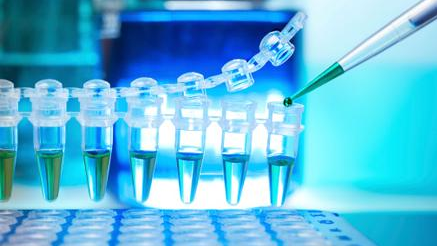Chemical ‘Map’ Could Reduce Animal Testing

Researchers from the Johns Hopkins Bloomberg School of Public Health have created a catalog of safety data on 10,000 chemicals that could be used to predict the toxicity of many of the 90,000 untested substances in consumer products. Thomas Hartung, M.D., Ph.D., the study’s leader, says it could also save billions of dollars and millions of animals from chemical tests.
The “map” groups chemicals by their known hazards, such as allergic skin reactions and eye damage. If an untested chemical lands in a part of the map where similar chemicals are considered safe, that chemical could be deemed safe. If it landed in a place where nearby chemicals are known to cause skin allergies, for example, it would be given that label.
References
- Luechtefeld T, Maertens A, Russo DP, Rovida C, Zhu H, Hartung T. Global analysis of publicly available safety data for 9,801 substances registered under REACH from 2008-2014. ALTEX. Published online February 11, 2016.








